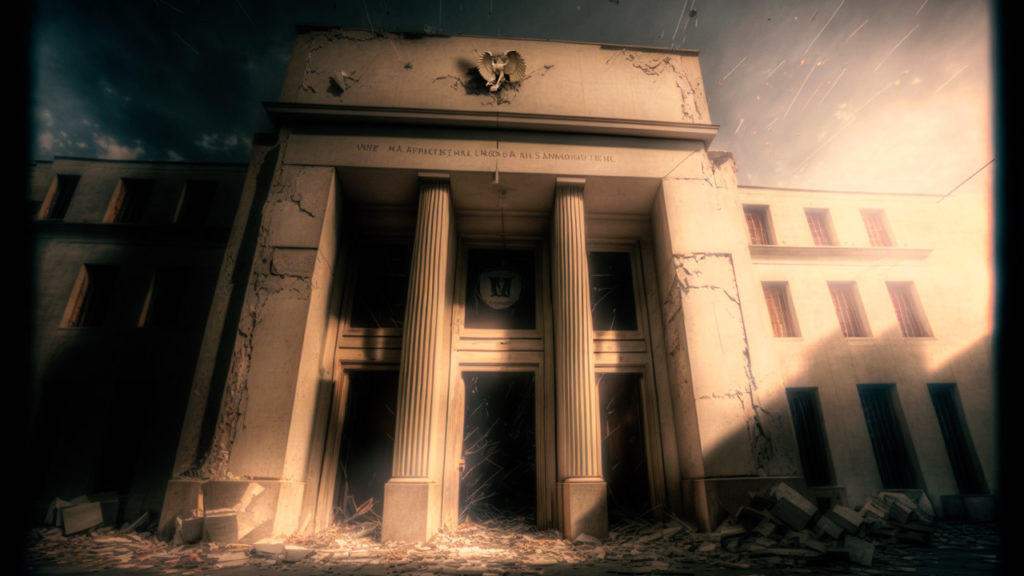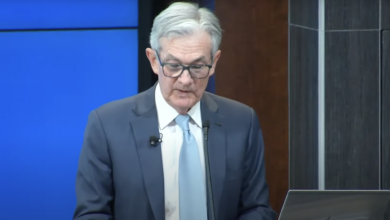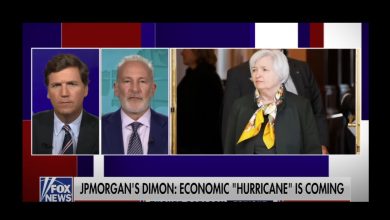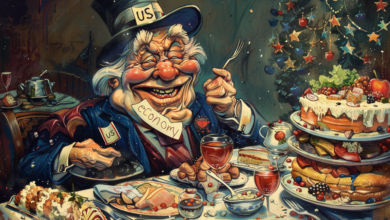The Christmas Gift That Keeps on Taking
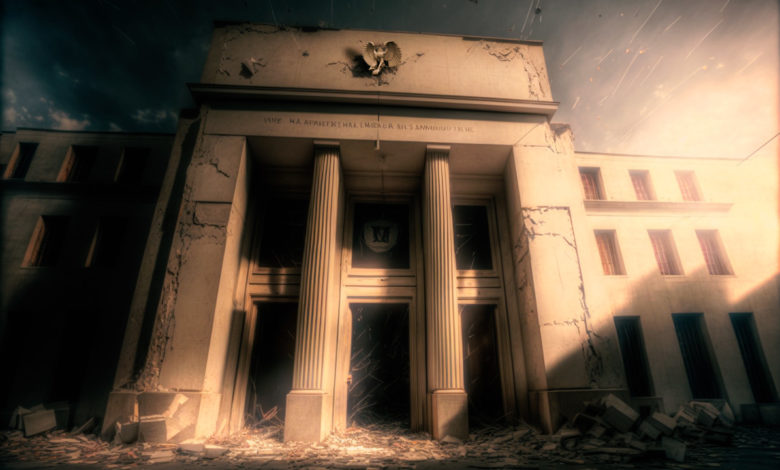
Two days before Christmas in 1923, Woodrow Wilson gave the United States a Christmas gift that keeps taking. On that day, he signed the Federal Reserve Act into law, creating the US central bank.
Since that inauspicious day, the US dollar has lost 96% of its value.
It’s no surprise that Wilson signed the Federal Reserve Act just one day before Christmas Eve. It was perfect timing so the general public wouldn’t notice.
The stated purpose of the legislation was to “provide the nation with a safer, more flexible, and more stable monetary and financial system.”
In reality, it was a gift to bankers.
In an article published by the Mises Institute, George Ford Smith explained why bankers were clamoring for a central bank.
Before the Fed’s founding, bankers in general and Wall Street in particular complained about US currency’s lack of “elasticity.” “Elasticity” in this context is one of the great euphemisms of human history. According to lore, this missing feature of “hard” money, such as gold or silver, was responsible for the panics of 1873, 1884, 1893, and 1907. The supply of the coins that were behind the paper banknotes couldn’t be increased when needed. Gold and silver were therefore said to be inelastic. Because of this inelasticity, the legend persisted that banks were having trouble meeting the demand for farm loans at harvest time, as G. Edward Griffin explains in The Creature from Jekyll Island:
“To supply those funds, the country banks had to draw down their cash reserves which generally were deposited with the larger city banks. This thinned out the reserves held in the cities, and the whole system became more vulnerable. Actually, that part of the legend is true, but apparently no one is expected to ask questions about the rest of the story.
“Several of them come to mind. Why wasn’t there a panic every Autumn instead of just every eleven years or so? Why didn’t all banks—country or city—maintain adequate reserves to cover their depositor demands? And why didn’t they do this in all seasons of the year? Why would merely saying no to some loan applicants cause hundreds of banks to fail?”
The Morgan and Rockefeller bankers on Wall Street dreamed of having a central bank that could supply money when needed, as a “lender of last resort.” A central bank would also control the banks’ inflation rate. If bank reserves could be maintained at a central bank and a common reserve ratio established, then no single bank could expand credit more than its rivals, and therefore there would be no bankruptcies caused by currency’s draining from overly inflationary banks. All banks would inflate in harmony, and there would be tranquility and profits for all.
The origins of the Fed are pretty shady.
The central bank was conceived during a secret meeting at a private club on Jekyll Island, Georgia. According to an NPR article, Sen. Nelson Aldrich, chairman of the Senate finance committee, organized the clandestine meeting.
“He told a handful of New York bankers to go on a given night, one by one, to a train station in New Jersey. There they would find a private rail car hitched to the back of a southbound train. To conceal their identities, Aldrich told the bankers to come dressed as duck hunters and to address each other only by first name.”
The attendees at this meeting hammered out a blueprint that became the Federal Reserve Act.
The rest is a history of money devaluation and government growth.
THE ENGINE RUNNING THE BIGGEST GOVERNMENT IN HISTORY
The Federal Reserve serves as the engine that makes all of the US government’s borrowing and spending possible. Without the Fed, the entire system would collapse. Ultimately, you can thank the Fed for the massive national debt.
Case in point, in the early days of the COVID-19 lockdowns, the Federal Reserve effectively monetized 100 percent of the new debt taken on by the US government.
Here’s how it worked.
In March and April, the US Treasury Department issued $1.56 trillion in debt securities to fund Uncle Sam’s massive coronavirus spending spree. Meanwhile, in March, the Fed bought $1.2 trillion in Treasury bonds. The central bank slowed its roll a bit in April but still purchased $526 billion in US bonds. That brought the two-month total to $1.56 trillion.
In effect, the Federal Reserve bought all of the debt issued by the US government in March and April with money created out of thin air.
Therein lies the Fed’s true power. It can “print money.”
When we say the central bank “prints money,” we don’t mean it literally runs off dollar bills in the basement of the Eccles Building. Modern money creation is digital. The Fed can simply write a check, even if funds don’t exist in the account, and “poof,” new money appears in the account of whoever receives the check. The Federal Reserve can’t bounce a check. This enables the central bank to expand the money supply at its discretion.
According to the powers-that-be, this is a feature, not a bug. The Fed’s ability to inflate the money supply supposedly creates economic stability.
In reality, it creates government stability.
If the federal government had to rely on tax receipts and debt it could repay to fund all of its unconstitutional wars, foreign aid, and domestic spending, it would be dead in the water. The ability to raise revenue through taxation would naturally limit the government. But with the Fed backstopping the borrowing and monetizing the debt, there are virtually no limits on its spending.
But you still foot the bill via the inflation tax.
As Peter Schiff put it during a 2022 interview, when you talk about families struggling with inflation, they’re really struggling with government.
Inflation is a tax. It’s the way government finances deficit spending. Government spends money. It doesn’t collect enough taxes, so it has to run deficits. The Federal Reserve monetizes those defiticts – prints money. They call it quantitative easing, but that’s inflation. Government is getting bigger and bigger, and families across America are going to have to bear that burden through higher prices.”
The Federal Reserve may well rank as the worst Christmas gift ever. It’s the give that keeps on taking.
Call 1-888-GOLD-160 and speak with a Precious Metals Specialist today!
Buka akaun dagangan patuh syariah anda di Weltrade.
Source link

